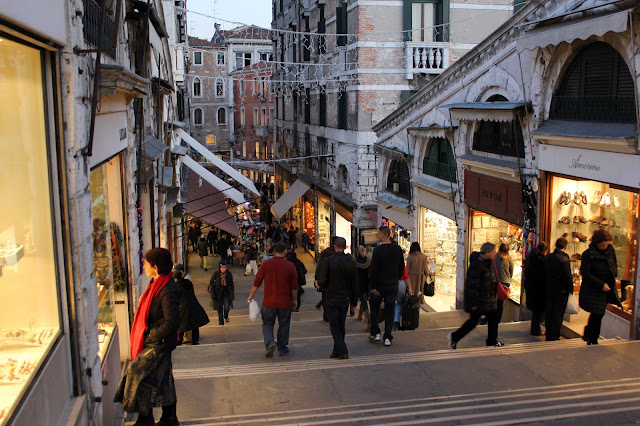My dad's recipe is purely volumetric (no mass required!), which means I didn't have to worry about yeast densities and metric volume conversions of tablespoons as the book recipe used things like "mg" and "ounces," in a kitchen without scales...
Into a cup add:
1 (flat) tablespoon of dried granule yeast
1/3 teaspoon of sugar (too much and it will be very fluffy)
250ml of human-warm water (35-39˚C)
Leave to bubble for 15min or so the granules become 'lumpy' on top
Into a blender add:
4 cups of plain flour
2 teaspoons of salt
Some rosemary leaves
and pour the yeast/water in when it's done
Blend together!
As it blends, pour in 9 'glugs' of oil from an upturned bottle
(I had to add some extra water as well so the dough would knit)
Take it out and form a ball shape
Place into a bowl covered with something like a plastic bag
And leave to rise for an hour
Take out the dough and kneed it for a few minutes
Then spread it out into a flat shape on an oven tray
Poke some holes in it for later!
Cover it again with the plastic bag and leave for half and hour
Drizzle with oil and spread all over the surface of the bread
Chop up some black olives and sprinkle artistically
Sprinkle a bit of rock salt on top as well
Put in a pre-heated oven at 180-200˚C
Keep it in until it looks yum!
Ding!
Eat warm or later
with inspiration from some other poetic recipes.


















































